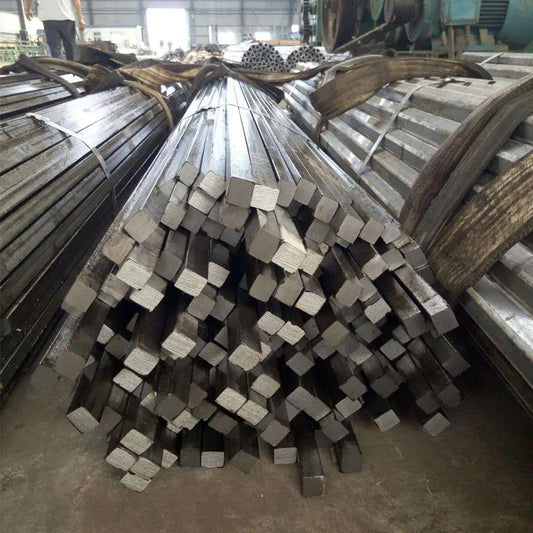The Ultimate Guide to Transporting Stainless Steel Square Bars - Your Essential Tool in the Global Market
Transportation for Stainless Steel Square Bar - The Perfect Companion for Seamless Global Expansion
In today's interconnected world where global trade flourishes, transportation plays a pivotal role in ensuring that goods reach their destinations on time, securely, and cost-effectively. For businesses engaged in stainless steel square bars, understanding and utilizing efficient transportation methods is crucial. In this comprehensive guide, we explore various options available for transporting stainless steel square bars, highlighting the benefits and considerations involved with each method.
Introduction

Stainless steel square bars find application across numerous industries due to their superior quality and durability. However, transporting these heavy-duty products safely and efficiently requires careful planning and strategic logistics choices. This article aims to demystify the process of shipping stainless steel square bars, offering tips and insights into choosing the right transport method based on factors like weight, volume, and delivery timelines.
Understanding the Basics

Before embarking on any transportation journey, it’s essential to have a clear understanding of the specific requirements and constraints of your product. Stainless steel square bars typically weigh between 100 kg and 500 kg per unit, making them among the heaviest items in commerce. Proper packaging and securing measures become paramount to prevent damage during transit.
Material
The choice of transportation depends heavily on the type of stainless steel square bar being transported. Generally, stainless steel is corrosion-resistant and heat-tough, suitable for use in various applications requiring high tensile strength and longevity. Different types of stainless steels—like 304L, 316L, or 430—offer varying levels of resistance to pitting and oxidation, influencing how they fare under different conditions.
Specification and Size
Understanding the specifications and sizes of your stainless steel square bars is vital before selecting an appropriate transportation method. Common sizes include 12x12, 24x24, and 48x48 inches, although larger sizes are also feasible. Careful consideration must be given to ensure adequate support and protection against physical wear and tear.
Usage Scenarios
- Import Shipping stainless steel square bars internationally often involves complex customs clearance processes, necessitating close coordination with local authorities.
- Export Moving products domestically within countries might be easier but still requires careful planning to minimize risks associated with handling heavy machinery.
- Recovery and Repair When transporting large components, including stainless steel square bars, there may be instances when repairs need to be conducted upon arrival. Ensuring a quick turnaround and minimal downtime are critical here.
Company Strengths
SD-Steel, as one of the leading exporters and suppliers of stainless steel square bars, offers several advantages over other players in the market. Their extensive network allows for seamless connections with carriers and logistics providers worldwide, enabling swift and efficient movement of goods. Additionally, they maintain state-of-the-art warehousing facilities and a robust customer service team, ensuring a smooth transaction every step of the way.
Additional Considerations
Cost
- Direct Costs The cost of transportation includes both direct costs (e.g., fuel, insurance) and indirect costs (such as customs duties and taxes). It's crucial to compare quotes from multiple providers to get the best value for money.
- Non-Direct Costs Environmental impacts, such as carbon emissions, also factor into the overall cost of transporting materials. Selecting more eco-friendly modes of transport can reduce long-term expenses.
Safety and Security
- Regularly inspecting packages for signs of tampering or damage can prevent theft or loss while in transit.
- Implementing secure packing techniques, using protective coatings, and adhering to international safety regulations ensures the safety of the goods throughout the entire supply chain.
Conclusion
When transporting stainless steel square bars, understanding the specific needs of your product is key. From choosing the right mode of transportation to managing risks associated with import/export procedures, every aspect of the process demands meticulous attention. SD-Steel stands out as a reliable partner in the global marketplace, equipped to handle all aspects of your stainless steel square bar transportation needs. Whether you're shipping to or from the United States, Canada, Europe, or Asia, rest assured that our expert team will work tirelessly to make sure your shipments arrive on time, intact, and ready for use.
